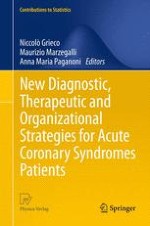2013 | OriginalPaper | Chapter
The Role of Cardiac Magnetic Resonance in Selecting Patients with Left Ventricular Dysfunction Undergoing Surgical Ventricular Reconstruction
Authors : Serenella Castelvecchio, Lorenzo Menicanti
Published in: New Diagnostic, Therapeutic and Organizational Strategies for Acute Coronary Syndromes Patients
Publisher: Springer Milan
Activate our intelligent search to find suitable subject content or patents.
Select sections of text to find matching patents with Artificial Intelligence. powered by
Select sections of text to find additional relevant content using AI-assisted search. powered by
